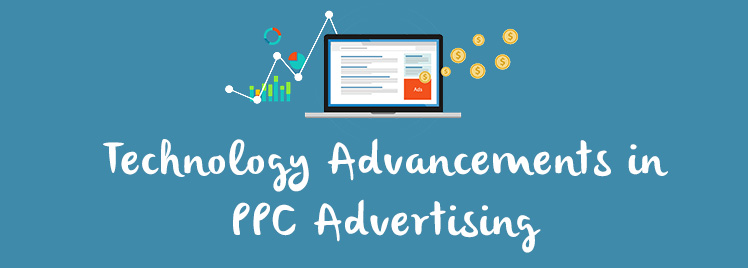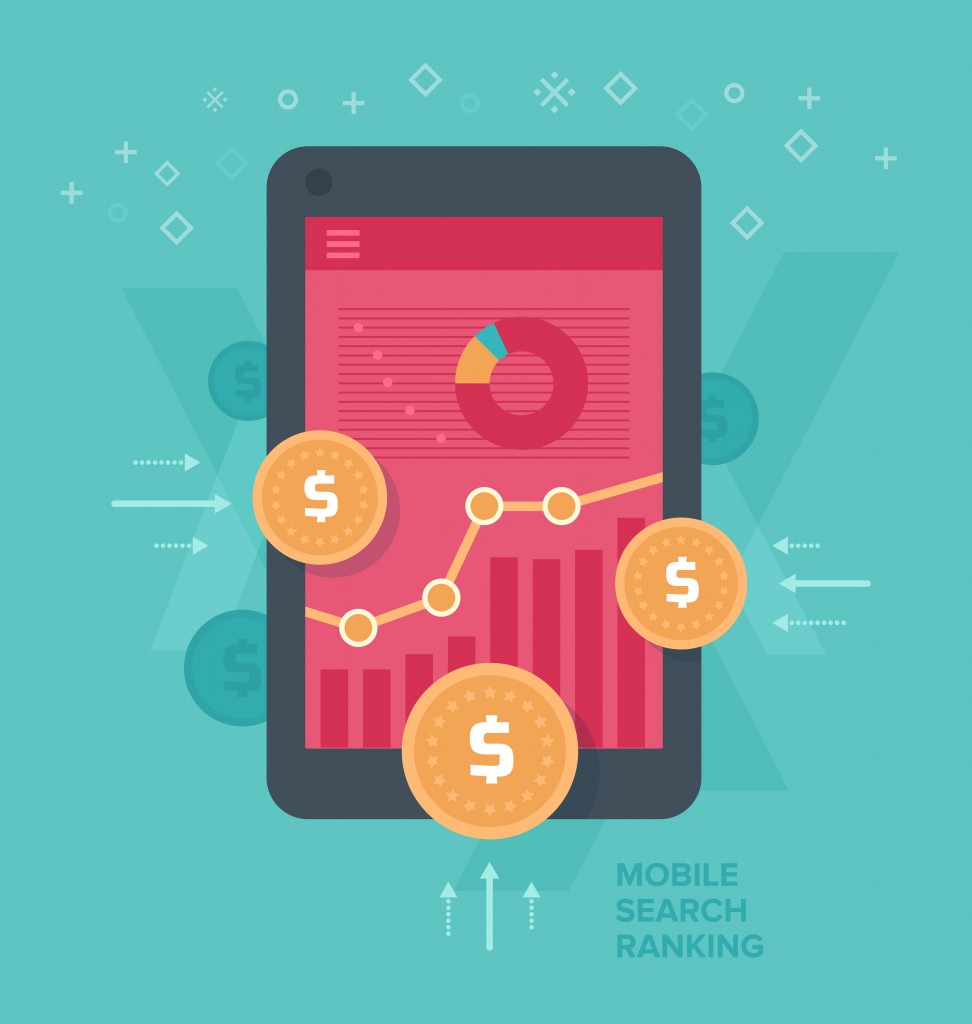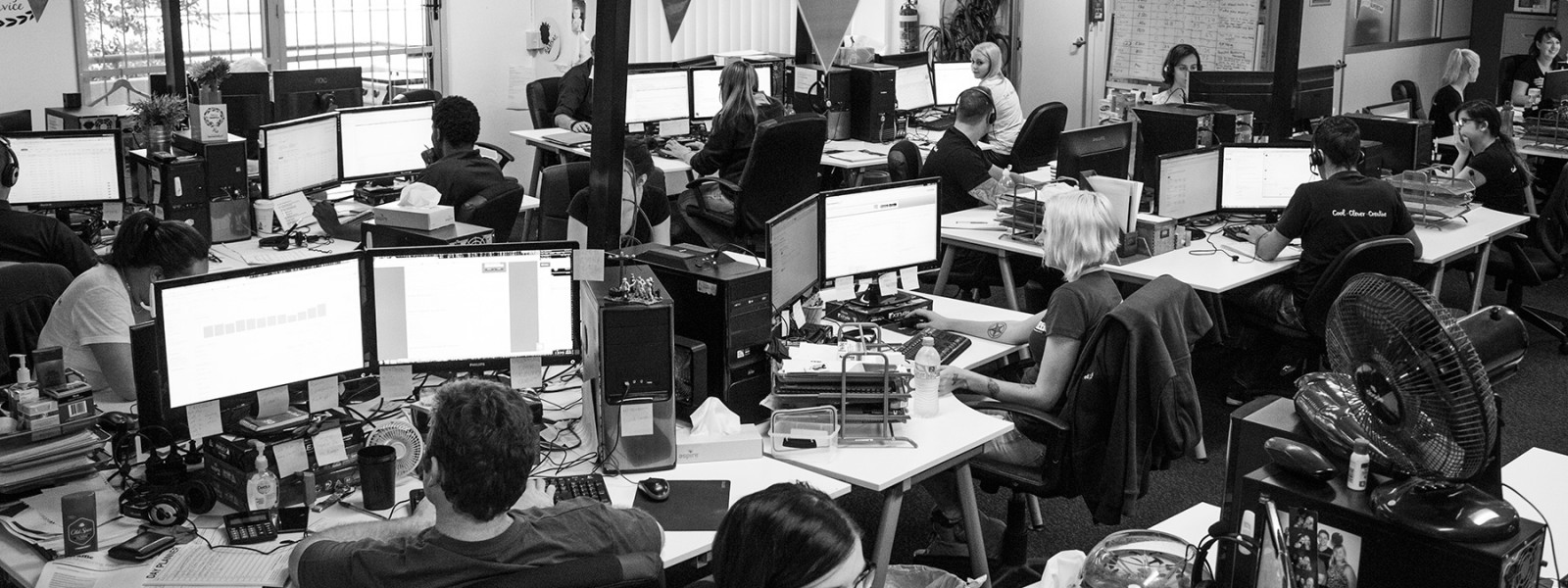-
Traffic
Get More Traffic
SponsoredLinX offers a number of different services to help drive more qualified traffic to your website. Google Ads Management Search Engine Optimisation Microsoft Ads Facebook Advertising Google Ads Mobile“SponsoredLinX are a rarity in today’s market place, they promise a lot but deliver more. Our business has grown by over 400% in one month; we are amazed at the difference they have made.”
-
Conversion
Convert More Leads
Our second step is making sure that your website is able to convert the traffic you receive into leads for your business. Optimising your website to convert more leads is important to a profitable campaign. Web Development Convertopages Do It For Me eCommerce“I just want to say thank you! The changes that you have applied in our AdWords campaign have definitely seen an improvement on click quality and sales for HippityHop.”
-
Retention
Retain Your Customers
As you build up a customer base you need to make sure to keep engaged and retain your relationship. LinX App“SponsoredLinX fully redesigned our main company website with a fresh, clean and professional look. The ‘Google friendly’ web design were part of the fantastic ongoing service we received.”

Technology Advancements in PPC Advertising
The technology you never knew you couldn’t live without!
Think back 10 years ago…
Nobody even knew what an iPhone was back then. We were all living in our worlds of bulky desk computers, heavy suitcase sized laptops and phones that were just that; phones.
In the last decade technology has advanced so much that we are practically handcuffed to it. You set an alarm on your smart phone, wake up and check the weather on your smart phone, make sure you have no events that day on your Google calendar, check the bus timetable on the way to the station, order your coffee from an app on your watch. The list goes on and on.
These advances in technology have ensured that it has become so ingrained in our day to day lives; it would be folly not to use these advances to the benefit of your marketing.
Not unlike the jumps in technology, marketing has also been moving forward in leaps and bounds. Let’s look at a few examples of how technology is making its mark in online advertising.
Pay Per Click (PPC) advertising was created in the Desktop Age and was designed specifically for the purpose of advertising to desktop users. Your potential customers would spend their days or nights staring at a PC screen, or potentially a laptop screen – both essentially desktop browsing.
Google implemented the first conversion codes which are snippets of html that are added into your website ‘Thank You’ page in order to track leads.
From these beginnings, PPC has expanded to take in mobile phone and tablet traffic, and in so doing used the advancements in technology to bring in more options for tracking, eclipsing the humble conversion code.
With our shift towards mobile traffic (mobile users made up more E-commerce traffic for the first time since late last year) Google’s technology needed to shift with it.
We’ve seen changes to the way search advertisements are delivered to a PC browser versus the same ad on a mobile device. Some of these changes include different platforms that display advertisements can be shown in including websites, mobile apps, YouTube and even games.
We all remember the right hand ad changes recently, a change which appears to be based on a switch to a more mobile screen friendly setup.
Mobile ads started to get advancements such as call extensions and Google forwarding numbers so a user can call a business straight from the initial search. Let’s say you’ve called and the product you’re after is the last in stock – you can use the location extension on the ad to find your way to the store by the fastest route possible with Google Maps, which will soon be updated with the option to display promotions or specials for businesses directly on the map!

We saw changes to the way websites are designed; no longer is the ‘thank you.html’ a staple design of your website, but contact forms reloading with thank you messages are. Google’s analytics URL tracking needed to advance and along came Tag Manager, and with it more advanced ways to track users through your site, their interaction and most importantly whether they have converted.
Further changes to tracking has meant we can create remarketing cookies to attach to users browsers. Following your potential clients around from site to site, meaning you can re-advertise that coffee machine they were looking at buying when the weather suddenly took a right-hand turn into winter.
The time frames between that initial search and click and an actual lead or sale dramatically shifts between industries. Without the update in remarketing technologies these possible leads would be lost to your business.
Now in just the last few weeks we’ve seen more changes from Google to bring their PPC systems into an age where our consumption of technology has advanced to a point where a user could switch between three or more devices up to 10 times an hour.
Users will research on their laptops at breakfast, look further into a service or product offering during their commute to work on their smartphone and then make their purchase from their work computer an hour later.
Google’s technology is advancing to ensure that the initial click at home, which led to the research on the train, which then led to the purchase at work can be tracked across devices, giving advertisers a better understanding of how business campaigns are working to provide return.
Cross-Device tracking is already making waves in the marketing world and this is only going to become more important as the time goes by, not to mention an update to in-store conversion tracking.
Marketers, advertisers and the businesses that are spending the money all want to know that their ads are bringing in sales.
What if you could attribute the next person who comes into your store to buy that $1000 Smart TV to a click on your ad text, without any enquiry forms or quote requests or even call tracking, but simply by tracking that initial click on a mobile device to that same person heading across town to your store the next day? Wouldn’t that be something!
Who knows what the next advancement is going to be, but I could almost guarantee you’ll be able to find some way to use it to your advertising advantage. You can be sure when the next wave in technology advancements comes along in the PPC world, SponsoredLinX will be there ready and waiting to take advantage of it for your business. Work with SponsoredLinX today and call 1300 859 600.

